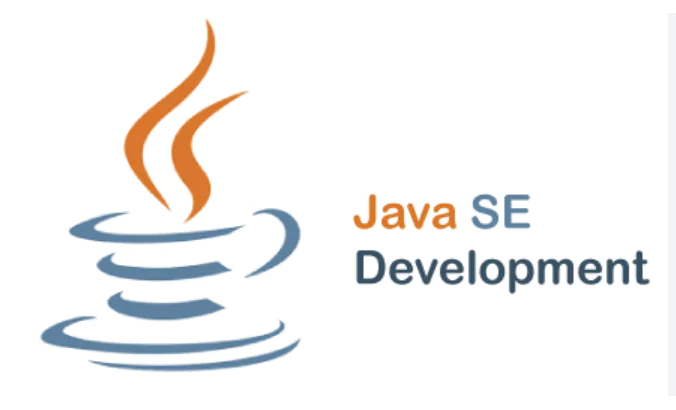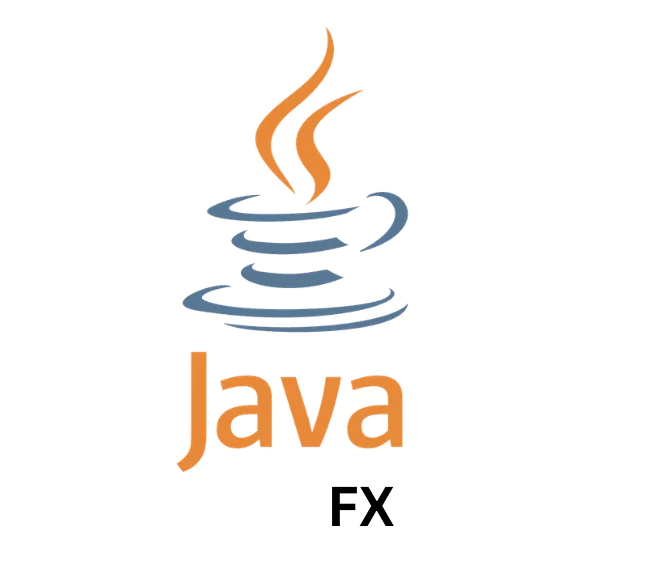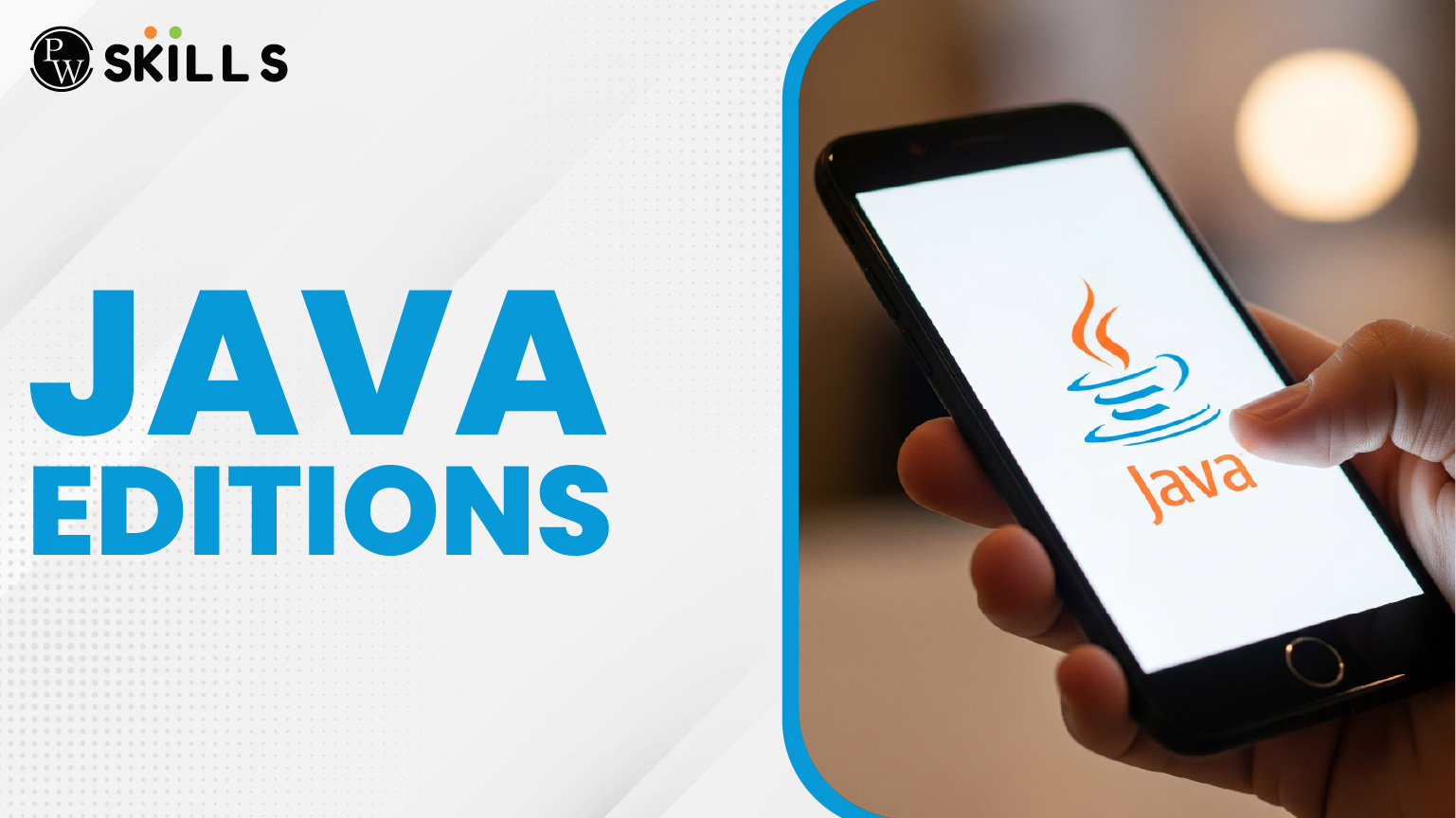Do you know about the Java editions available for you over the internet to help you develop different kinds of projects? Each of these editions offers developers the right set of tools, libraries, and other resources to develop their project efficiently, whether it is an e-commerce application or a lightweight mobile app.
When you know about all these major variants of Java, developers can easily select one that suits their goals and project requirements in the best way possible. In this article, we will learn more about the various possible Java editions.
About Java Editions

Java variations are many versions of Java programming, each having its own features, applications, and environment. These Java editions also offer distinct libraries, tools, and APIs to meet the different programming needs of users. Each Java edition is built to handle specific types of applications.
- You can use Java SE for core general-purpose applications.
- For large-scale applications and web apps, you can consider Java EE.
- When looking for a Mobile or embedded device, you can go with Java ME.
- For modern and rich GUI desktop applications, JavaFX suits you the best.
Read More: History Of Java Programming Language A Complete Guide
Evolution of Java Editions
The Java programming language has been adapting and changing as per the trends and users’ needs. Java was developed in 1995 as a single platform to create applications capable of running on any platform. With the emergence of technologies over the years, different Java editions were introduced to build different types of applications and projects.
- Java SE, or Java Standard Edition, was first introduced to provide core language features and frameworks for general-purpose programming solutions.
- Java EE or Java Enterprise Edition, came into the picture as an extension of Java SE with the power of building large-scale, scalable, and transactional applications. Now, Java EE or Jakarta EE can even align with modern cloud applications and other enterprise needs.
- Java ME or Java Micro Edition was developed for resource-constrained devices powering mobile and embedded system applications. Java entered these applications and addressed feature phones and IoT devices.
- Java FX offers a rich user interface toolkit while replacing traditional GUI frameworks like AWT, Swing for desktop applications.
These Java editions went through a large number of updates and security enhancements for better integration with new technologies like Cloud infrastructure and enterprise technologies. Today, developers can build any type of application using any of these Java editions.
Read More: Core Java Syllabus and Advanced Java Concepts
Why Need Java Editions: Face Off
Let us check some common features, use cases, and purposes of popular Java editions below.
| Edition | Full Form | Purpose | Key Features / APIs | Use Cases |
| Java SE | Java Standard Edition | Core Java platform for general-purpose programming | Core libraries (Collections, IO, Networking, Concurrency, JDBC), JVM, JDK tools | Standalone apps, utilities, backend services |
| Java EE(now Jakarta EE) | Java Enterprise Edition | Large-scale, distributed, enterprise-level apps | Servlets, JSP, JPA, EJB, JMS, Web Services, Dependency Injection | Enterprise software, large web apps, distributed systems |
| Java ME | Java Micro Edition | Lightweight Java for resource-constrained devices | Subset of SE APIs, libraries for embedded/mobile devices, CLDC, MIDP | IoT devices, old mobile apps, embedded systems |
| JavaFX | Java FX | Rich client applications with modern GUI | APIs for UI controls, 2D/3D graphics, charts, audio/video, CSS styling | Desktop applications, visualization tools |
Different Editions of the Java Programming Language

Let us now understand the different Java editions with their features and use cases.
1. Java SE (The Standard Edition)

The Java Standard Edition is considered the foundation or core of Java programming, with features offering the core functionality and important APIs for developing server-side applications. This core Java platform is used to build general-purpose applications that can run on desktop environments.
It includes core libraries covering everything from data structures, file I/O, networking, and concurrency. With Java SE, you can build desktop applications, server-side software, and other tools required for specialised projects. Java SE offers features including Java database connectivity, Java I/O, Networking APIs, Concurrency API, collection framework, and more.
Uses of Java SE Edition
- Backend services
- Desktop applications
- Command Line tools
- Education tools for learning programming
- Foundation library for other editions in Java
2. Java EE (The Enterprise Edition)

The Java EE (Enterprise Edition) is an extension of the Java SE with more features available to build large-scale enterprise-level applications. It is also known as Jakarta EE, offering web applications, microservices, and other types of applications involving a large traffic outflow. The latest version of Java EE is Jakarta EE 10, with features such as cloud native support and more.
Java EE is mainly used to build web applications and provide support for SOAP and RESTful web-based services. Enterprise JavaBeans (EJB) is used for developing large-scale web applications that are scalable and secure.
Uses of Java EE Editions
- E-commerce applications
- Banking applications
- Enterprise-based applications
- Microservices
- Customer Relationship Management System (CRM)
- Enterprise Resource Planning (ERP) system
- Large-scale business applications
3. Java ME (Micro Edition)

The Java Micro Edition is a game-changer, a lightweight version of Java, especially used for building mobile devices, embedded systems, and IoT devices. Java ME has been widely used in early smartphones, featured phones with limited resources, and devices with limited processing strength.
It offers features including CLDC (Connected Limited Device Configuration), MIDP (Mobile Information Device Profile), Lightweight UI Kit, Security APIs, and more.
Uses of Java ME Editions
- Mobile applications with limited resources
- IoT devices
- Embedded system
- Specific device applications
- Early mobile applications (Before Android)
- Smart Cards
- Set-top boxes
4. JavaFX

Java FX is a modern edition used to create interactive featured feature-rich graphical user interfaces and applications. It replaced Swing for modern desktop UIs. It is an open-source next-generation client application platform for mobile, desktop, and embedded systems built on Java.
It includes features like Scene Graph API, Animation, effects, Media playback support, WebView Component, and more. You will find Java FX in music players, data dashboards, video streaming applications, and desktop productivity tools.
Uses of Java FX Editions
- Interactive User interface
- Powered by TestFX
- Rich client applications
- Educational Softwares
- Multimedia application
Also Read:
- Java Scope: Master Java Scope with Simple Examples and Real-Life Use Cases
- Top 10 Reasons to Learn Java in 2025
- Java Certification Can Transform Your Tech Career: 4 Key Java Certifications
- Java Reflection & The Outstanding 3 Step Guide
Learn Java Programming with PW Skills
Become familiar with the Java programming language and data structures with the PW Skills Decode DSA With Java Course. This complete self paced course provides you with in-depth knowledge and practice exercises to help you build your strength in Java programming.
You will be able to prepare for competitive programming and build a strong portfolio in the subject. Get complete guidance and doubt support on our platform. Become a certified Java developer only at pwskills.com
Want More?
- Get completely self paced learning to learn at your own pace and time.
- Build a solid foundation in programming and tech with the knowledge of Java programming.
- Build job ready skills and experience with a dynamic project portfolio
- Get soft skills training to build an impactful resume and job profile.
- Get certification from PW Skills to get recognised in your career ahead.
Ans: Java editions are a different set of platforms that can be used to build different types of applications based on the specific requirements and needs of clients. Java SE, Java EE, Java ME, and Java FX are some popular types of Java Editions. Ans: Java SE, Java EE, Java ME, and JavaFX are major versions of Java programming language. Ans: Java SE is used as a general-purpose programming language for developing portable code for desktop and other server environments. It includes core libraries covering everything from data structures, file I/O, networking, and concurrency. Ans: Choosing one Java edition is based on the specific requirements and clients needed for the project. When you are working on big projects, go with Java EE; for standard general-purpose programming, use Java SE; for modern multimedia applications, go with Java FX. Java Editions FAQs
Q1. What are Java Editions?
Q2. What are the four major Versions of Java Editions?
Q3. What is the use of Java SE?
Q4. Which Java edition is the best?

